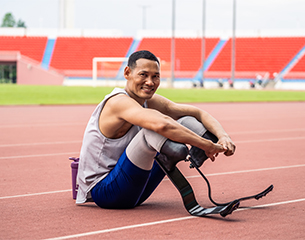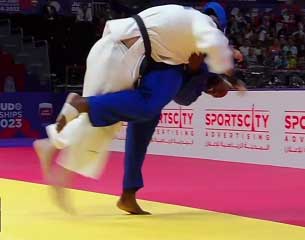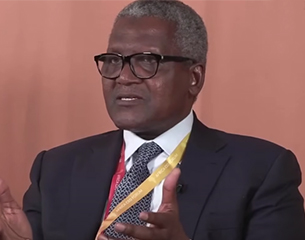- Channel : VIP Crossing
The 2024 Paris Paralympic Games showcased the excellence of Para athletics. To guarantee fair competition, a rigorous classification system is in place. This complex system groups athletes based on their impairment, ensuring that everyone competes against opponents with similar abilities.
How does this system work?
Each Para athlete is assigned a class, consisting of two letters and two numbers. These specific codes precisely define the type and degree of the athlete's impairment:
- Letters:
- T for "Track": denotes running and jumping events.
- F for "Field": refers to throwing events.
- Numbers:
- The first number indicates the general nature of the impairment:
- 1: Visual impairments
- 2: Intellectual impairments
- 3: Impairments of cerebral origin
- 4: Amputations, short stature, or other impairments affecting the limbs
- 5: Wheelchair athletes
- 6: Amputations of the lower limbs
- The second number specifies the degree of functional limitation, from the most severe (lowest number) to the least severe.
- The first number indicates the general nature of the impairment:
A concrete example:
Let's take the example of two French athletes: Nantenin Keita and Trésor Makunda. Both specialize in the 400 meters. However, their impairments and therefore their classes differ:
- Nantenin Keita is visually impaired and competes in class T13. This means she has a visual impairment (1) but retains some residual vision, allowing her to be less dependent on a guide than Trésor.
- Trésor Makunda, on the other hand, is blind and competes with a guide. He is therefore classified in T11, a category reserved for athletes who are totally or almost totally blind.
Why is such a system necessary ?
- Fair competition: By grouping athletes according to their functional abilities, we ensure that everyone has an equal chance of winning.
- Safety: Classification rules prevent athletes with vastly different impairments from competing against each other, which could lead to accidents.
- Progression: The classification system allows athletes' progress to be monitored and competitions to be adapted accordingly.
Beyond athletics
This classification system applies to many Paralympic sports, although the codes and criteria may vary from one discipline to another. The goal remains the same: to offer every athlete the opportunity to perform at the highest level, under fair and equitable conditions.
The classification system in Para athletics is a key element in ensuring the success of the Paralympic Games. It highlights the diversity of impairments and celebrates the achievements of these exceptional athletes.

















